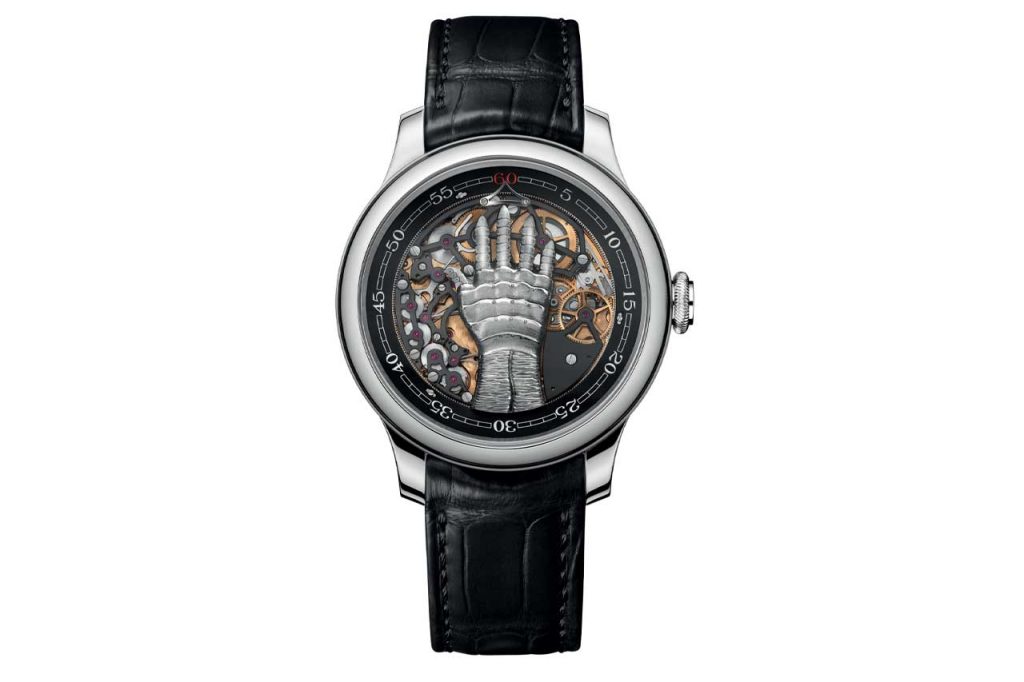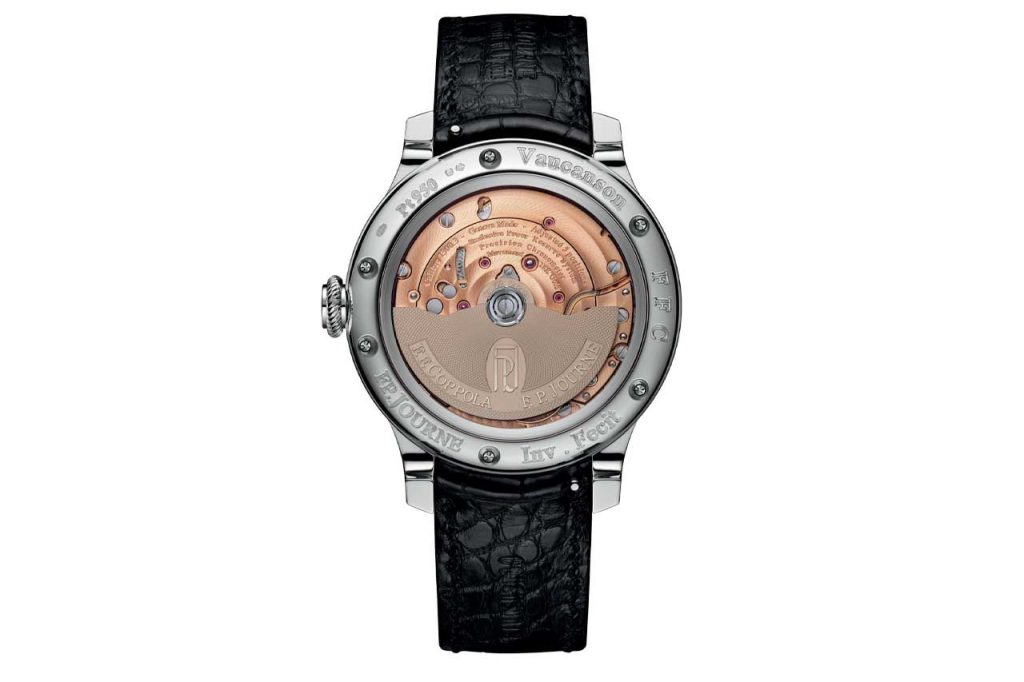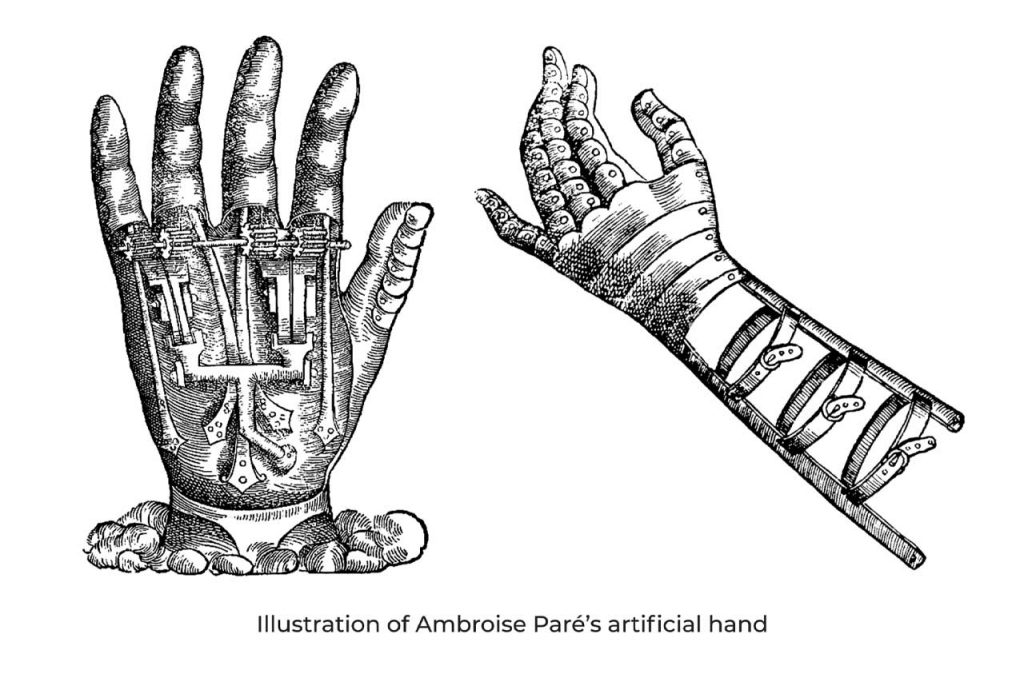F.P.Journe, the renowned Swiss watchmaker, has unveiled a new timepiece that represents a technical marvel in the world of horology. The FFC, which stands for Francis Ford Coppola, is a wristwatch that indicates time with a mechanical hand, incorporating an innovative system that pushes the boundaries of technical and horological innovation.
The concept for the FFC was born from a conversation between François-Paul Journe, the founder of F.P.Journe, and the legendary filmmaker Francis Ford Coppola. During a dinner in 2012, Coppola posed the question of whether any watchmaker had ever attempted to represent time on the fingers of a hand, as the ancient Greeks used to count the hours. Journe was intrigued by the idea and set out to make it a reality.
After seven years of development and countless hours of research, the FFC finally came to life. The mechanical prowess of the FFC lies in the functioning of the hand, which is inspired by a prosthesis invented by the French surgeon Ambroise Paré. Every 60 minutes, the fingers come to life, appearing or disappearing instantaneously to indicate the time according to their positions.
To ensure a power reserve of 5 days for the watch, F.P.Journe installed a “remontoir d’égalité” between the primary gear train and the display, as is done in building clocks when the hands to be moved are long and heavy. The remontoir d’égalité is formed by a spring blade enclosed in a kind of barrel, a trigger, and a sort of anchor mounted on one side of a wheel with an eccentric in its center. Every hour, and for 40 minutes, the remontoir d’égalité is rewound by the movement, using only the energy coming from the barrel.
On the hour, the mechanism acts as a sort of escapement, releasing the energy accumulated from the main barrel so that it can set in motion the series of 10 cams that control the movement of the fingers of the hand. These cams are placed on the left side and visible between the rotating minutes ring mounted on a large extra-flat ball bearing with a fixed cursor placed at noon. They make one revolution in 12 hours, each one activating a series of springs and toggles that act on the rise and fall of the fingers, as well as the translation of the thumb. The shape of the cams, associated with the teeth of each one, acts on the fingers, which move practically without friction like a loom shuttle.
Thanks to this ingenious system, the energy required to operate one finger, four fingers between 5 and 6 o’clock, and between 9 and 10 o’clock, is always the same and calibrated so that it is done in complete safety and without affecting the chronometry of the regulating group.
F.P.Journe FFC is a remarkable achievement in horological innovation, combining technical prowess with artistic beauty. This wristwatch is a testament to the creativity, vision of François-Paul Journe and the collaboration with Francis Ford Coppola.
Related News: Glashütte Original PanoInverse Limited Edition






